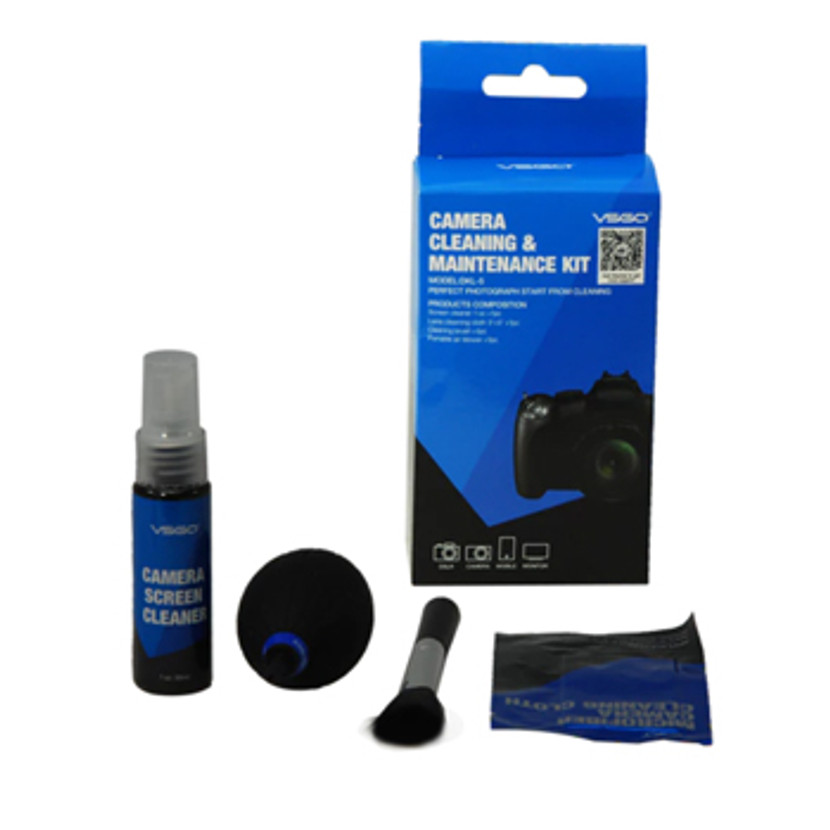Nov 20th 2018 | Posted by BoliOptics
Science Gifts for Kids and Adults - Boli Optics Microscope Store
Looking for the perfect gift for your science loving friend, colleague, or loved one? We’ve put together a list of affordable & practical science gifts to make the holidays a bit easier for you. The best part is you can also combine all these items to surprise them with a complete set!
1. 40-640X Beginner Biological Compound Monocular Microscope for Students/Hobbyists
You can see specimen at 6 different magnifications from 40X-640X. With 2 interchangeable eyepieces 10x & 16x and 3 objec
…
Nov 7th 2018 | Posted by BoliOptics
Every Type of Microscope Objective Explained
Standard Achromatic Objectives
An achromatic (or achromat) objective is designed to limit the effects of chromatic & spherical aberration, in other words the incoming light rays are focused in the focal point. Achromatic lenses corrects for color, by bringing in two wavelengths (typically red and blue) into focus. The lack of a flat field of view and limited correction for chromatic aberration reduce the objectives performance. It has a flat field across the central 65% of the image of the
…
Jan 20th 2018 | Posted by BoliOptics
How to Clean Your Microscope
1. Prevention
The best way to keep your microscope clean is prevention.
Keep your microscope covered whenever it is not in use to prevent dust build up.
We recommend using a microscope dust cover, which you can purchase from our store.
We offer a variety of microscope dust covers in different sizes and ESD safe ones:
Dust covers
•
Plastic cover (Small)
•
Plastic cover (Medium)
•
Fabric cover (Small)
•
Fabric cover (Medium)
•
…
Jan 17th 2018 | Posted by BoliOptics
How to Choose the Right Microscope
Choosing a microscope should be an enjoyable process. We created this article below to guide you through the process.
The Determining Factor
The most important factor in choosing a microscope is your application: what do you want to look at?
Magnification
First, let’s talk about magnification. A light microscope has 2 sources of magnification. The primary source is the objective lens (the lens closest to the specimen). The secondary source is the eyepiece lens (the lens the viewer loo
…




